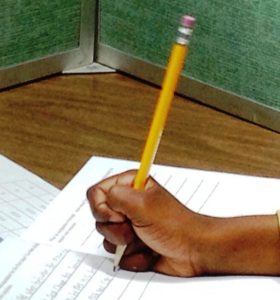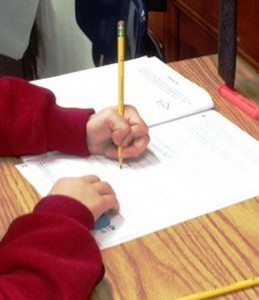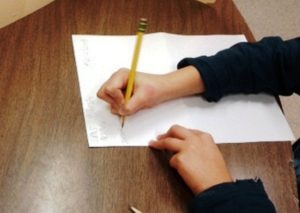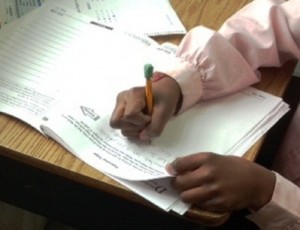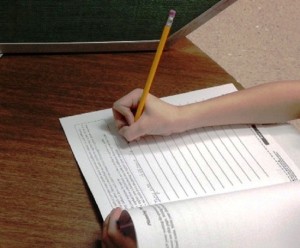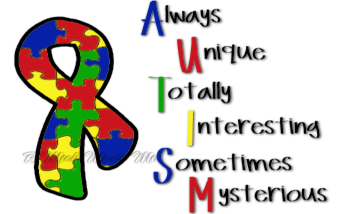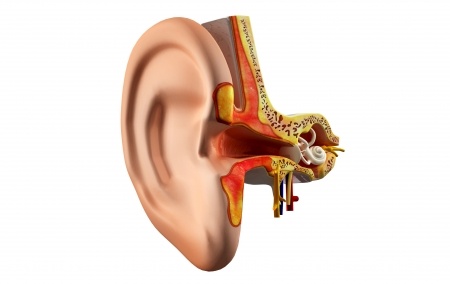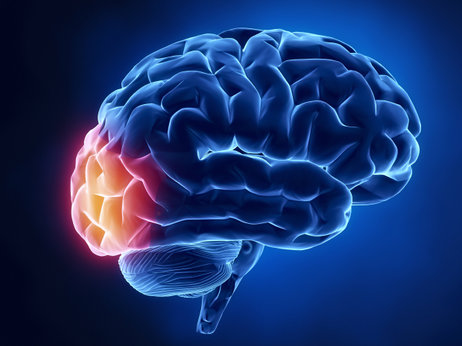Learning & Movement – Rhythm (warning sign #3)
Matt walked into my speech-language therapy room. I knew he liked music and had learned the alphabet letter sounds and months of the year through song, so I had some music playing when he entered. His face lit up, he began to clap his hands and jump around. Neither his clapping nor dancing were in time with the beat of the music.

Not only is Matt awkward in his body movements, but he also stutters when he speaks. In addition, he receives occupational therapy for handwriting issues.


